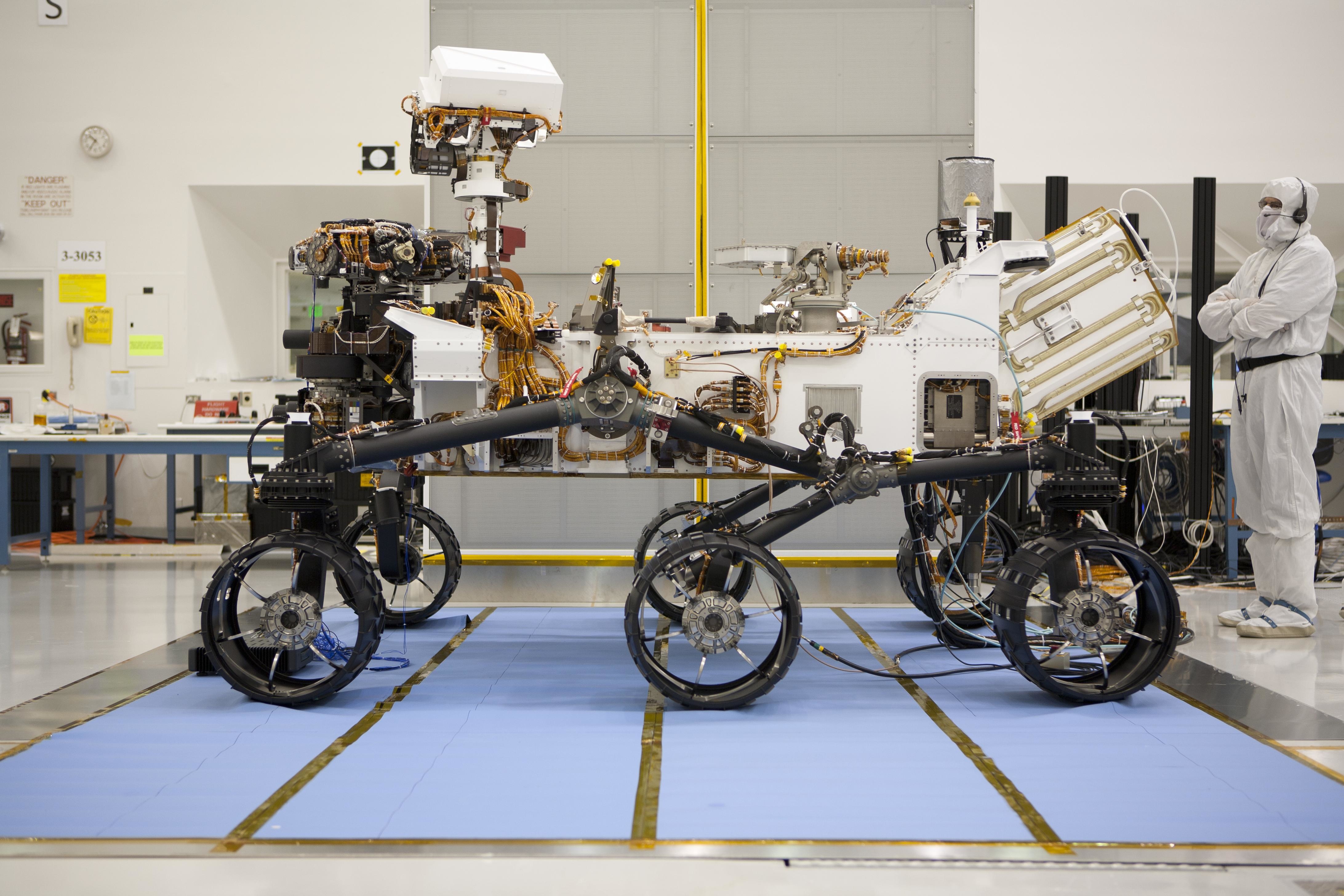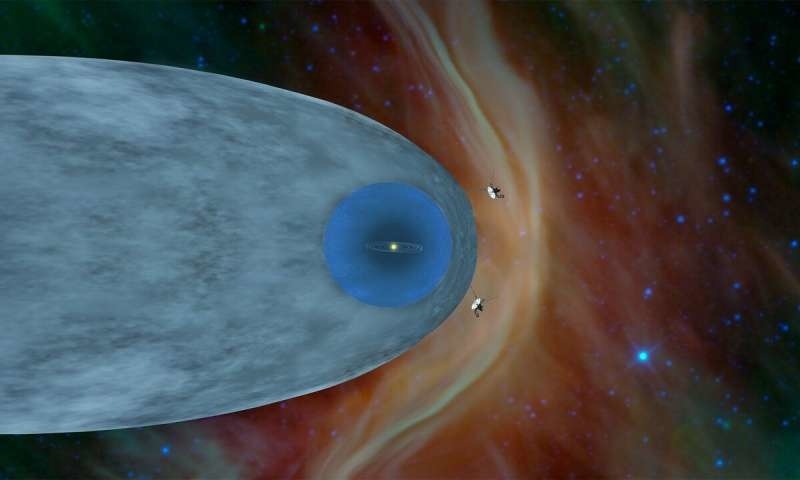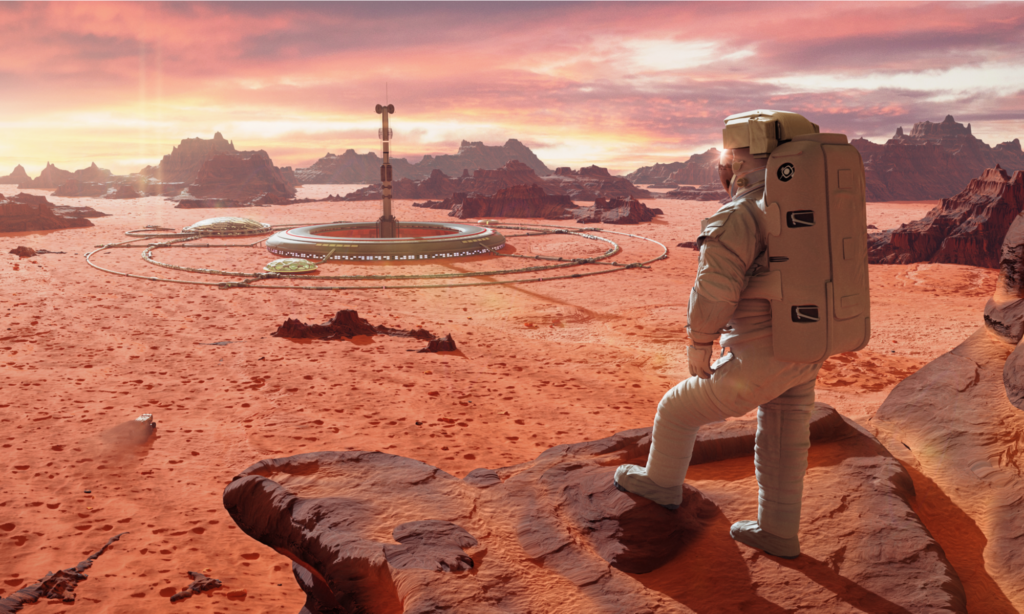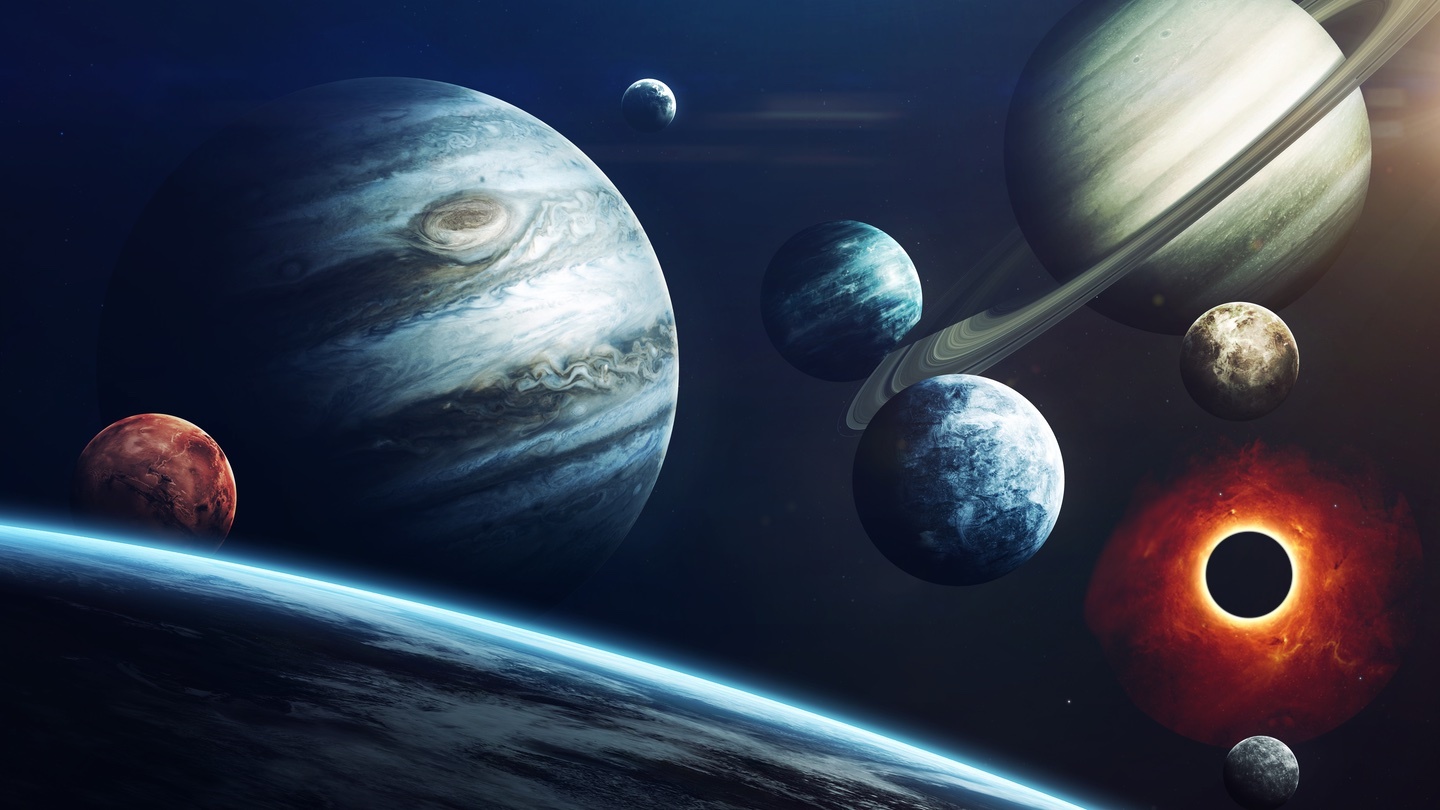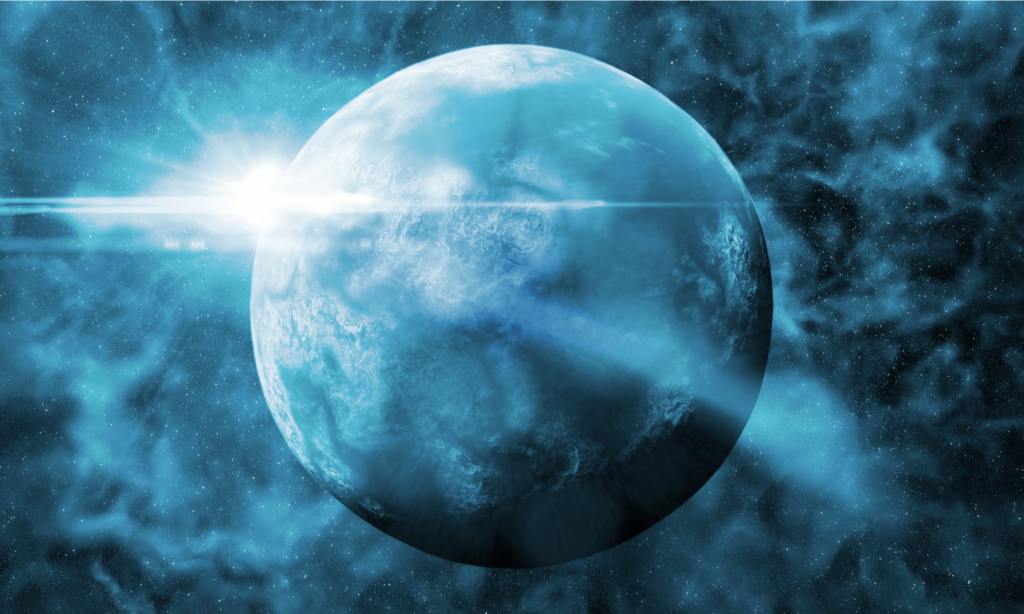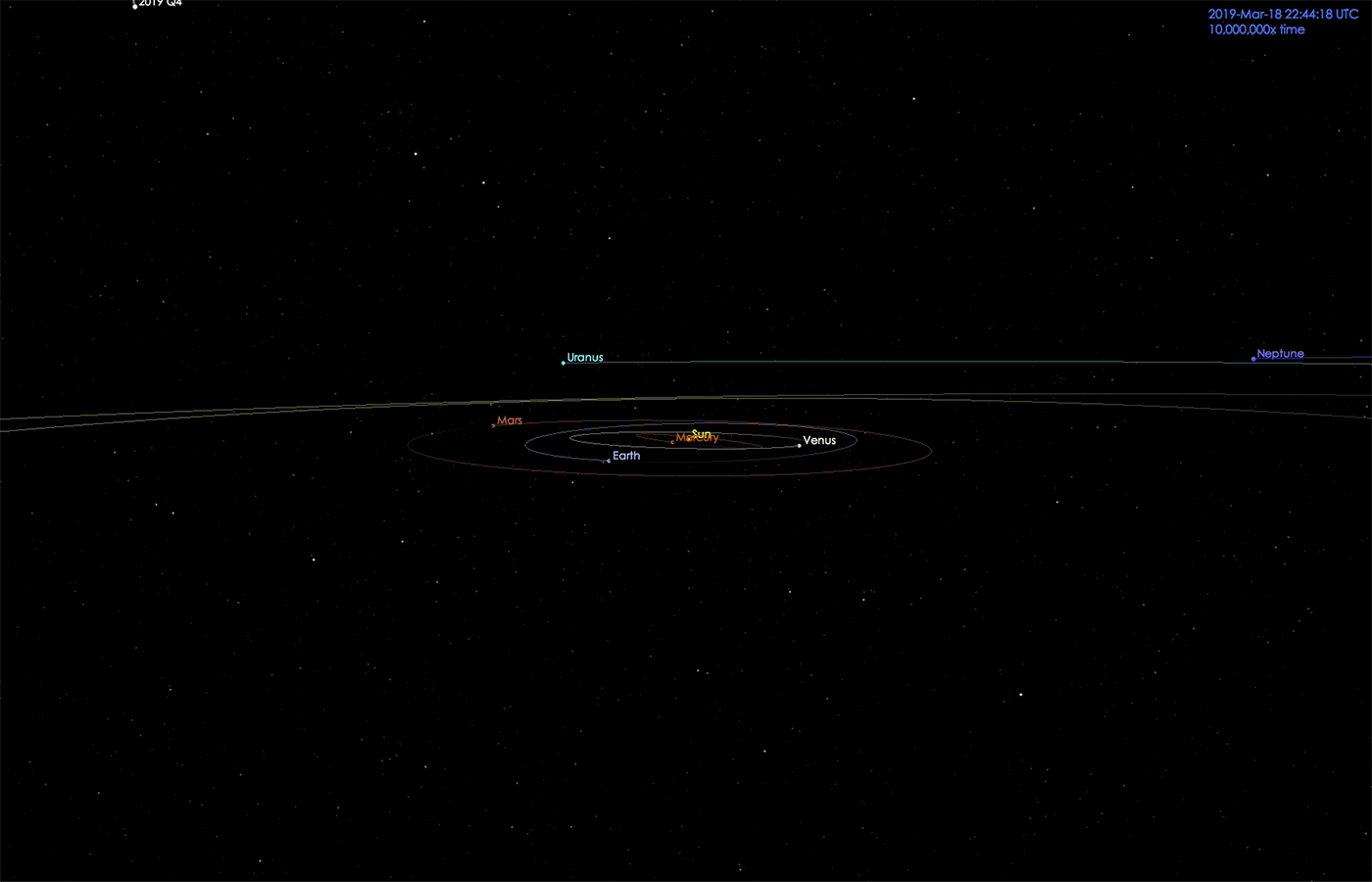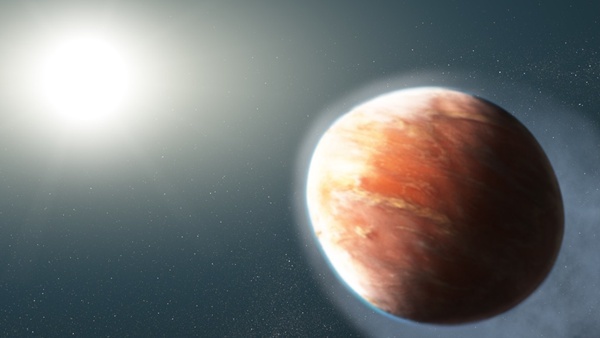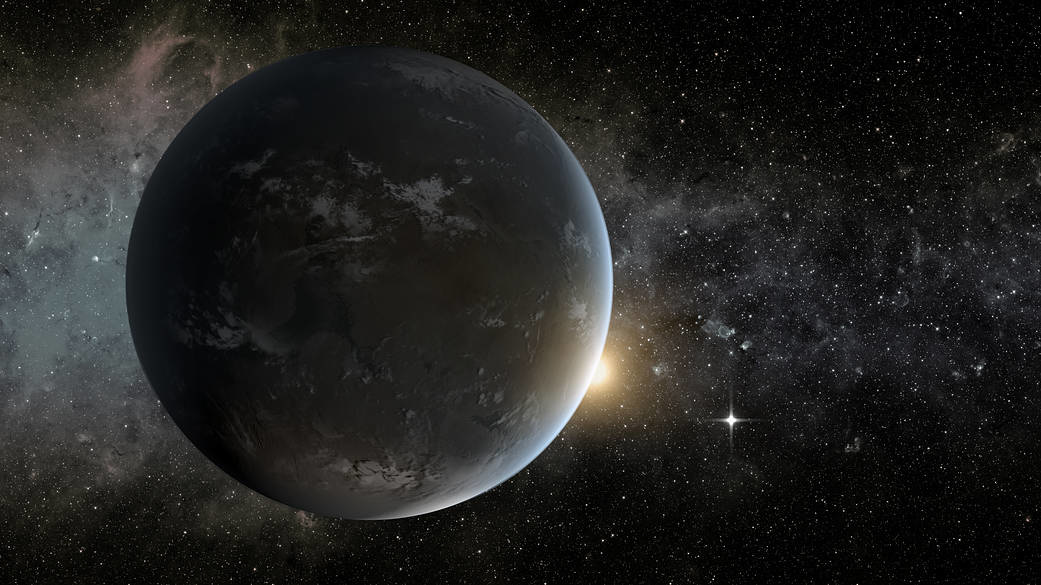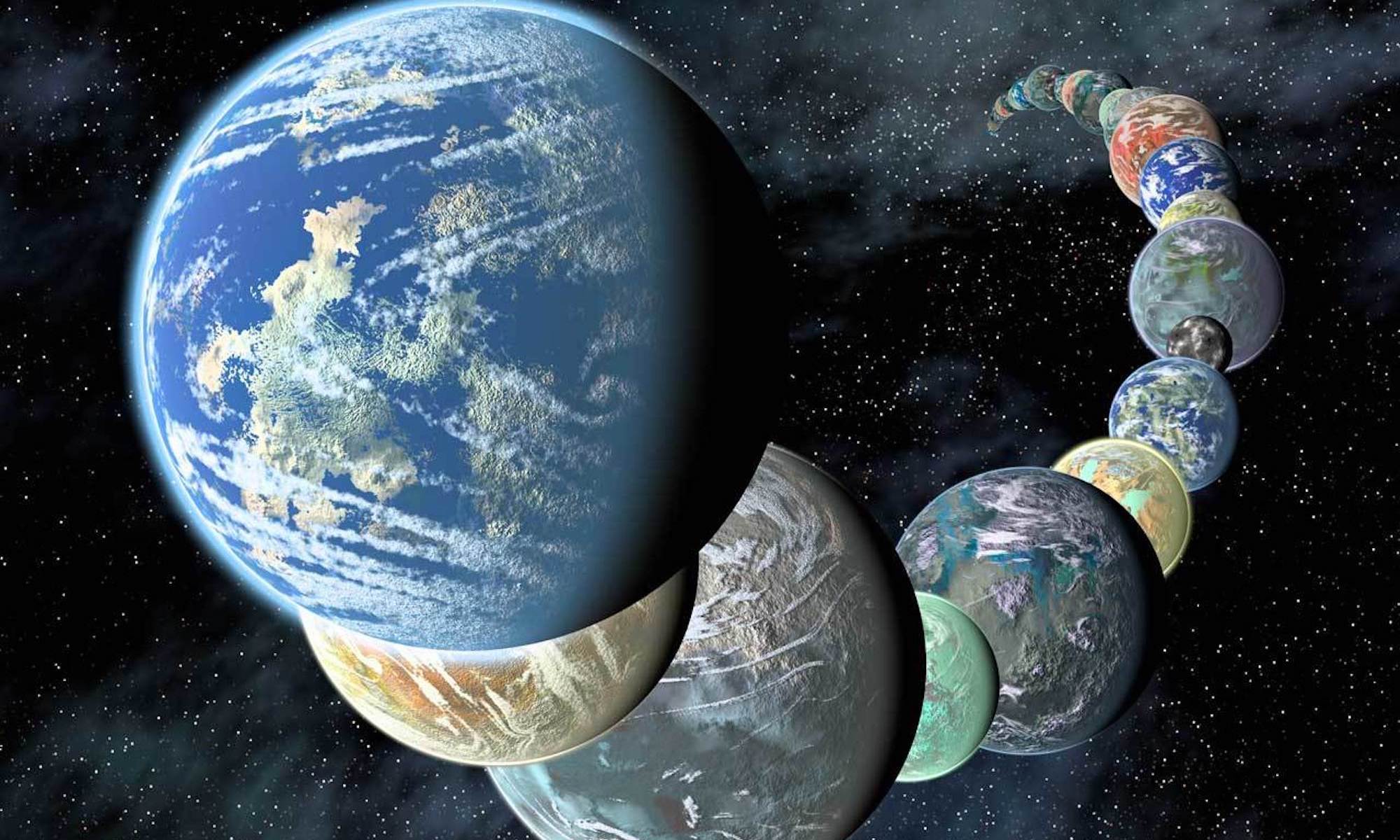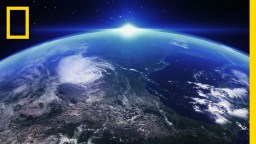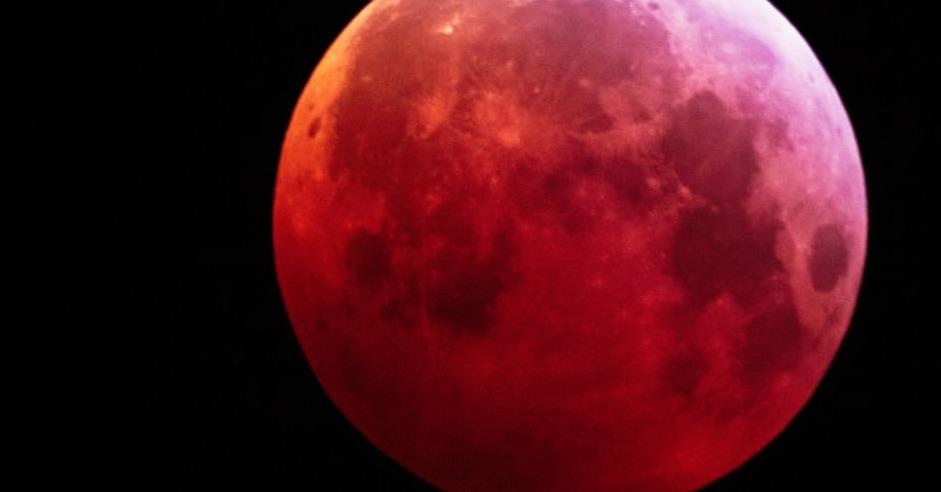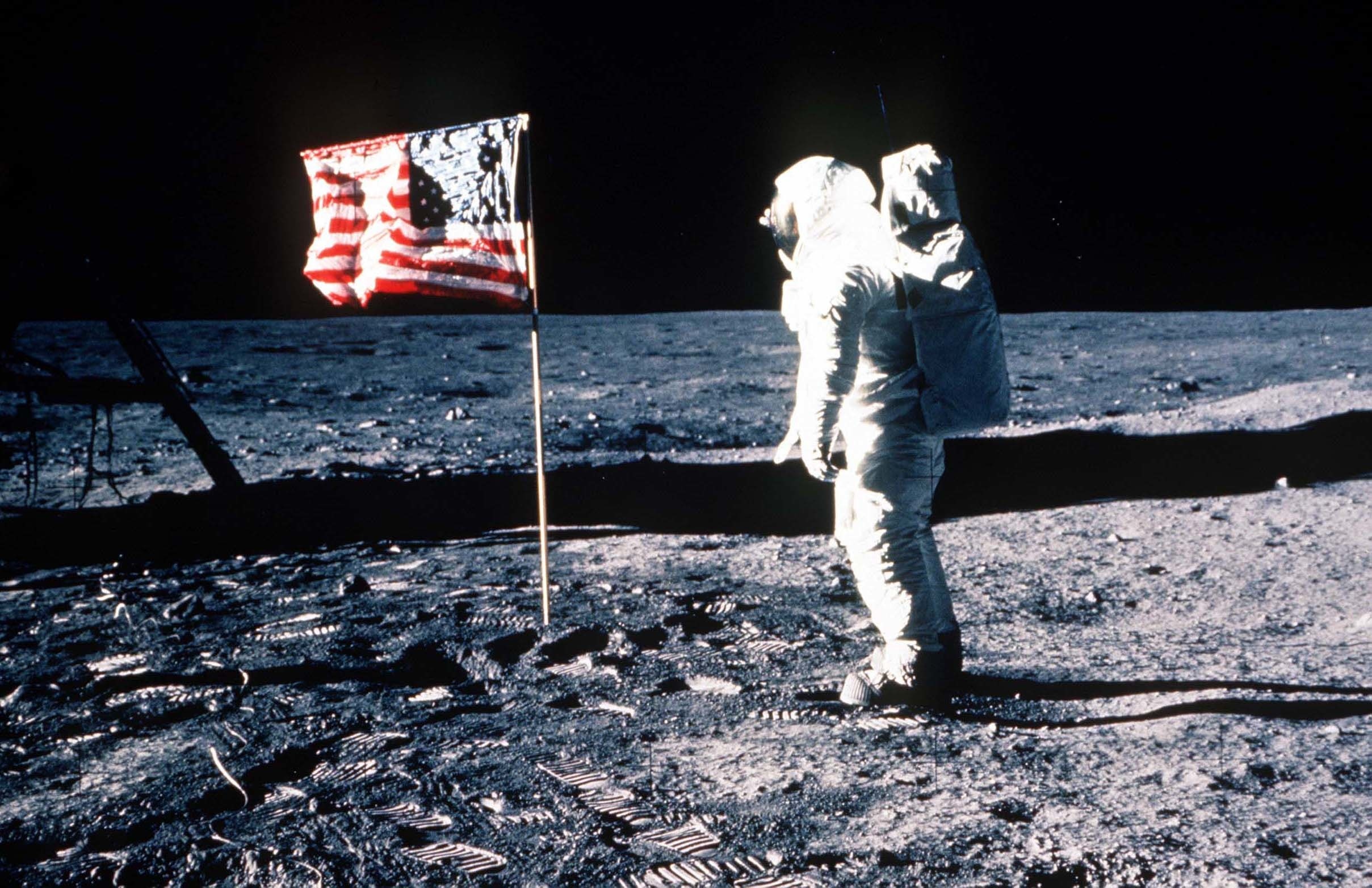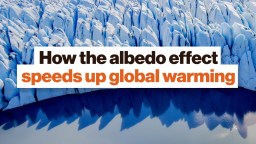planets
The Hollywood blockbuster may have been right, if only 3.2 billion years off the mark.
A new batch of papers reveals some of Mars’ subterranean secrets.
MIT engineers devise a decision map to identify the best mission type to deflect an incoming asteroid.
Until about a decade ago, only two habitable zone planets of any size were known to astronomers: Earth and Mars.
The intelligent life we are searching for doesn’t have to be humanoid.
New study figures out how stars produce gamma ray bursts.
These needles in the vast galactic haystack take more effort to find, but they help piece together our origins.
▸
7 min
—
with
The Mars 2020 rover is set to launch in July of the same year, setting the stage for years and years of science on the Red Planet.
CuriosityStream is a non-fiction streaming platform of over 2,000 documentary features and series that open up every facet of our planet, our times and our universe.
The idea that celestial objects exist within utterly immense cosmic structures is becoming inescapable.
When it comes time for humanity to pick a new home, where will we go?
A historic NASA probe sends back a treasure-trove of information from billions of miles away.
NASA’s intrepid Curiosity rolls upward into Mars history.
The private sector may need the Outer Space Treaty to be updated before it can make any claims to celestial bodies or their resources.
▸
5 min
—
with
Colonizing the Red Planet isn’t a bad idea in theory. But . . .
One of the scientists with the Viking missions says yes.
A new paper suggests a primordial black hole may be making things weird at the edge of our solar system.
Scientists find that bursts of gamma rays may exceed the speed of light and cause time-reversibility.
A NASA robot on Mars sends back unusual findings, including timed magnetic pulses.
An amateur astronomer discovers an interstellar comet on its way to our Sun.
Mother Nature and the laws of physics have a death warrant out for humanity, says Michio Kaku. Can we escape it?
▸
3 min
—
with
This exoplanet is 10 times hotter than any world we measured and shaped like a football.
We may find signs of life a mere 31 light-years away.
Documentary explores astrobiology, astronauts, and the awe of it all.
▸
with
Going back to the moon will give us fresh insights about the creation of our solar system.
▸
6 min
—
with
She may not be ours forever.
Conspiracy theories about the event dating back to the 1970s are in fact more popular than ever.
The more Greenland melts, the more Greenland melts. Here’s why.
▸
10 min
—
with







